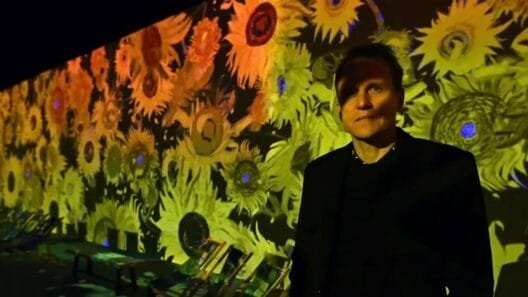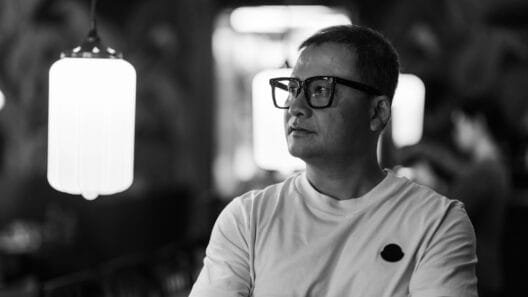G: Tell us a bit about yourself and your background?
What inspired me to become a photographer was inheriting my dad’s Leica camera and seeing an exhibition by W. Eugene Smith at the V & A, and another by William Klein, at the old Photographers’ Gallery in Great Newport Street.
I am now an independent documentary and fine art photographer. Digitized and dislocated, I am in a constant state of existential, visual, and linguistic translation. Wandering through cities where I don’t even know my cellphone number, art offers a way of gathering myself. I have been commissioned by several universities and galleries to research and photograph projects on migration, diaspora, identity in the postcolonial era, and the sense of displacement experienced by those living in cities.
G: What were your most successful projects/exhibitions so far or what projects did you enjoy the most so far?
Recent commissions have included:
2010: A Highfield Fellowship in Photography at the University of Nottingham. During this Fellowship I produced a series of portraits of Latin American women in the United Kingdom to commemorate 200 years of Latin American Independence. This resulted in a one-man exhibition at the New Art Exchange, Nottingham, entitled `Retratos de Independencia: Bicentennial Portraits of Latin American Women in England’ (http://retratosdeindependencia.weebly.com/)
2010-11: I was commissioned by the curators of the ‘New Cartographies: Algeria-France-UK’ exhibition to produce a series of photographs and postcards resulting from a month-long journey by rail and ship from Manchester to Algiers. The work I produced formed part of a group exhibition at Cornerhouse Gallery, Manchester. (http://www.newcartographies.org/)
2011- I am currently in Shoreditch working on a series of portraits made under a concrete railway bridge where nobody would normally stop. Over time, the series will show how a cross-section of Londoners looked in the setting of a quintessential twenty-first century space of transit between the corporate, artistic, and post-working class communities of East London. The series currently consists of some 80 images. The entire series may be seen at the website below and emerges from my interest in London as a contentious public space of translation, displacement, and experimental travel. (http://perivolaris.viewbook.com/)
G: What are the main challenges maintaining your business and how are you overcoming them?
The main challenge for myself as a self-employed creative photographer is generating commissions during a general downturn in the economy. I am able to supplement my creative projects with commercial and consultancy work, as well as designing and teaching bespoke photography courses for physical and online delivery both in the UK and US.
G: What would you say has been your most memorable experience while developing your business?
Constantly discovering the infinite potential of photography as a language among languages in the global digitalized village.
G: Why do you choose Shoreditch to run your business in?
One of the most creative, culturally diverse, and entrepreneurial areas in Europe.
G: How would you describe the art scene in Shoreditch/East London?
Open to all ideas and influences. Cosmopolitan.
G: What is your view about the recent development of Shoreditch?
An ever more diverse range of people to photograph.
G: Who/what are your favourite Artists/Businesses in the area?
The Photoautomat photo booth at the back of Cargo. The Print Space and Cowliing & Wilcox.
G: What are your favourite places in Shoreditch?
The Owl and Pussycat, Gwlym Davies’s Coffee Cart and Aubin Cinema.
G: What does the future has in store for Shoreditch?
An ever more edgy creative interaction between the street culture, community life, artistic innovation, and corporate enterprise that intersect within its boundaries.
Find me on:
Website: http://perivolaris.viewbook.com/
Twitter: @JohnPerivolaris
Facebook: www.facebook.com/john.perivolaris





